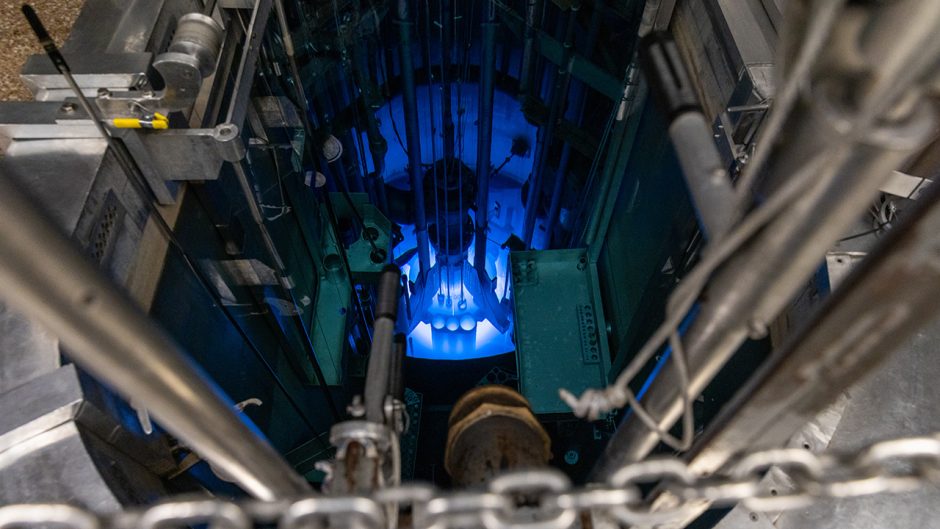Sept. 7, 2023
Contact: Courtney Perrett, 573-882-6217, cperrett@missouri.edu
Agricultural commodities that experienced peak prices in 2022 could see a backslide as 2023 is coming to end. Additionally, projects are showing this slowdown could last well into 2024.
The Food and Agricultural Policy Research Institute (FAPRI) at the University of Missouri recently released an August 2023 update to its annual agricultural market outlook report, which provides an outlook of the food and agriculture industry’s economic health.
Factors that once drove record-setting commodity prices seem to be tapering, according to the August baseline update. Changes in world grain production, tightening monetary policy and receding input costs have impacted most U.S. farm products.
Key results from the August baseline update include:
- Corn, soybean, wheat and cotton prices have seen fluctuations due to global market impacts and changes in domestic production; prices could decline further in 2024-25 if growing conditions allow crop yields to recover to trendline levels.
- Drought has reduced cattle numbers, driving prices upward. Due to an estimated decrease in production, cattle prices are projected to reach a record high in 2025.
- Fertilizer prices increased dramatically in 2022 but have since retreated. Given projected prices for fertilizer and other inputs, production costs for corn and other crops are likely to decline further in 2024 and 2025.
- U.S. consumer food prices increased by 9.9% in 2022, the highest rate in decades. Year-over-year increases in food prices have slowed dramatically in recent months, and the annual average increase in the food consumer price index (CPI) is projected to be 5.9% in 2023 and 2.5% in 2024.
The baseline update also provides projections related to biofuel production and use, and dives deeper into production for other crop and livestock commodities.
“Our baseline projections use a set of plausible assumptions to show stakeholders what they could expect in the years ahead,” FAPRI director Pat Westhoff said. “Reports like our August baseline update can serve as a benchmark for evaluating the impacts of agricultural policy changes, or other changes to factors that drive agricultural markets.”
This report offers a summary of 10-year “baseline” projections for several economic indicators, including farm income, farm program spending and domestic commodity markets. FAPRI, a program of distinction in the College of Agriculture, Food and Natural Resources (CAFNR), develops and publishes baseline reports to highlight the impact of current events on agricultural market trends and projections.
Find more insights from the baseline update at https://fapri.missouri.edu/publications/2023-baseline-update/.
Editor's note
In addition to the agricultural commodity report is the Baseline Update for U.S. Farm Income and Government Costs, which was published by FAPRI in early September. Read the full report here: https://fapri.missouri.edu/publications/2023-farm-income-update/.


![062625_CEI Aerial View_email-cropped[29] (1)](https://showme.missouri.edu/wp-content/uploads/2025/06/062625_CEI-Aerial-View_email-cropped29-1-940x529.jpg)

